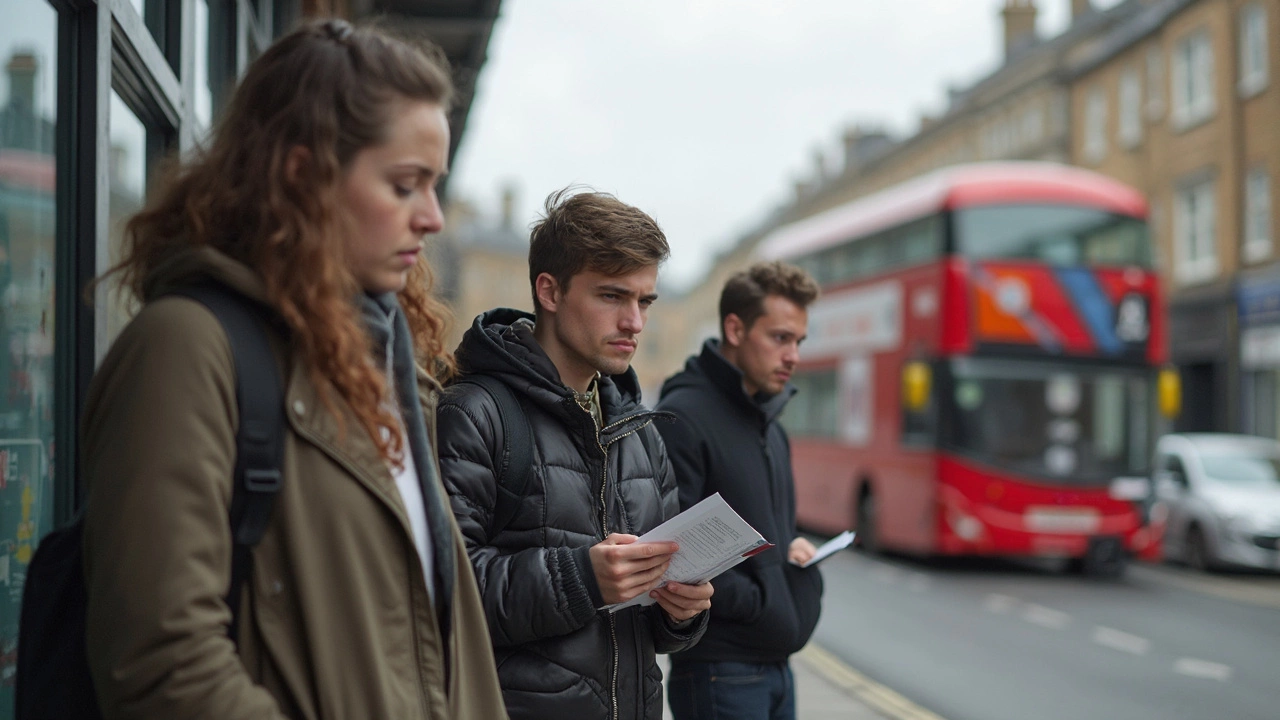Common Mistakes to Avoid on Your Driving Test
Ever wondered why some learners keep failing the same part of the test? The answer usually lies in a few repeat errors that trap even good drivers. Spotting these slip‑ups early can save you time, money and a lot of frustration.
Typical Faults That Cost You Points
Examiners look for safety, control and observation. Anything that suggests you might be a danger on the road instantly raises a red flag. Here are the top three faults you’ll hear about most often:
- Missing blind‑spot checks. Failing to glance over your shoulder before changing lanes or merging is a quick way to lose a critical observation point.
- Rolling stops. A stop that’s too short or done with a foot‑brake glide shows a lack of confidence in controlling the vehicle.
- Inconsistent steering grip. Holding the wheel too tightly or letting it flop makes the car feel jittery and can lead to poor lane keeping.
Each of these mistakes can add up to a ‘major fault’ that ends the test early. The good news? They’re easy to fix with a few focused habits.
Simple Habits to Eliminate Errors
Start by building a pre‑drive checklist in your mind. Before you even move off, ask yourself: “Did I check mirrors? Did I signal? Do I have a clear view of the blind spot?” Repeating this mental routine for every manoeuvre makes it automatic.
When you approach a stop, aim for a full brake press and hold for at least two seconds. This guarantees a complete halt and gives you time to look both ways. If you’re nervous about stopping too long, practice at a quiet parking lot until the timing feels natural.
For steering, keep your hands at the 9‑and‑3 position. This gives you good control without over‑gripping. If you notice your arms tense, take a breath and relax your shoulders. Light, steady inputs keep the car stable and show the examiner you’re in charge.
Another often‑overlooked tip is to use the “scan and confirm” method. Scan the road ahead, then quickly confirm that what you saw matches the road rules. This reduces missed signs and unexpected hazards.
Finally, ask your instructor to simulate test conditions. A mock test with the same timing, routes and pressure helps you recognise when you’re slipping back into old patterns.
Remember, the goal isn’t to be perfect; it’s to demonstrate safe, confident driving. By targeting these common mistakes and practicing the simple habits above, you’ll boost your odds of walking away with a pass on the first go.
- June 15 2025
- 0 Comments
- Rowan Cavendish
Driving Test Booking: What Most People Fail On
Wondering why so many people stumble on the driving test? This article breaks down the main reasons candidates fail, using real-world examples and up-to-date test data. You'll get practical tips for boosting your chances and learn the top errors to avoid. Plus, there’s straight talk on nerves, tricky maneuvers, and last-minute surprises. If you're about to book your test, here’s what you’ll want to know.
- May 25 2025
- 0 Comments
- Rowan Cavendish
Driving Test Fails: Where Most People Trip Up on the Theory Exam
Ever wondered why so many people stumble during their driving theory tests? This article digs into the most common sections and questions where learners tend to lose marks. You’ll get practical examples, fun facts, and easy-to-follow advice on how to sail past those tricky parts. Ready to avoid the usual mistakes and finally pass? Here’s what really goes wrong—and how to get it right.
- Driving Lessons (41)
- HGV Training (31)
- Driving Test Tips (31)
- Driving Test Booking (26)
- Driving Licence Renewal (23)
- Driving Theory Test (21)
- Pass Plus Course (15)
- Driving Tips (15)
- Intensive Driving Course (15)
- Driver Licensing (14)
Categories
- December 2025 (12)
- November 2025 (13)
- October 2025 (21)
- September 2025 (5)
- August 2025 (8)
- July 2025 (30)
- June 2025 (30)
- May 2025 (30)
- April 2025 (31)
- March 2025 (30)
- February 2025 (28)
- January 2025 (34)
Archives
- driving lessons
- driving test
- driving tips
- intensive driving course
- driving test tips
- HGV training
- learn to drive
- driving theory test
- driver training
- driving test booking
- pass driving test
- HGV driving
- road safety
- driving license renewal
- Virginia driving test
- learner drivers
- safe driving
- Virginia driver's license
- driving license
- learning to drive


